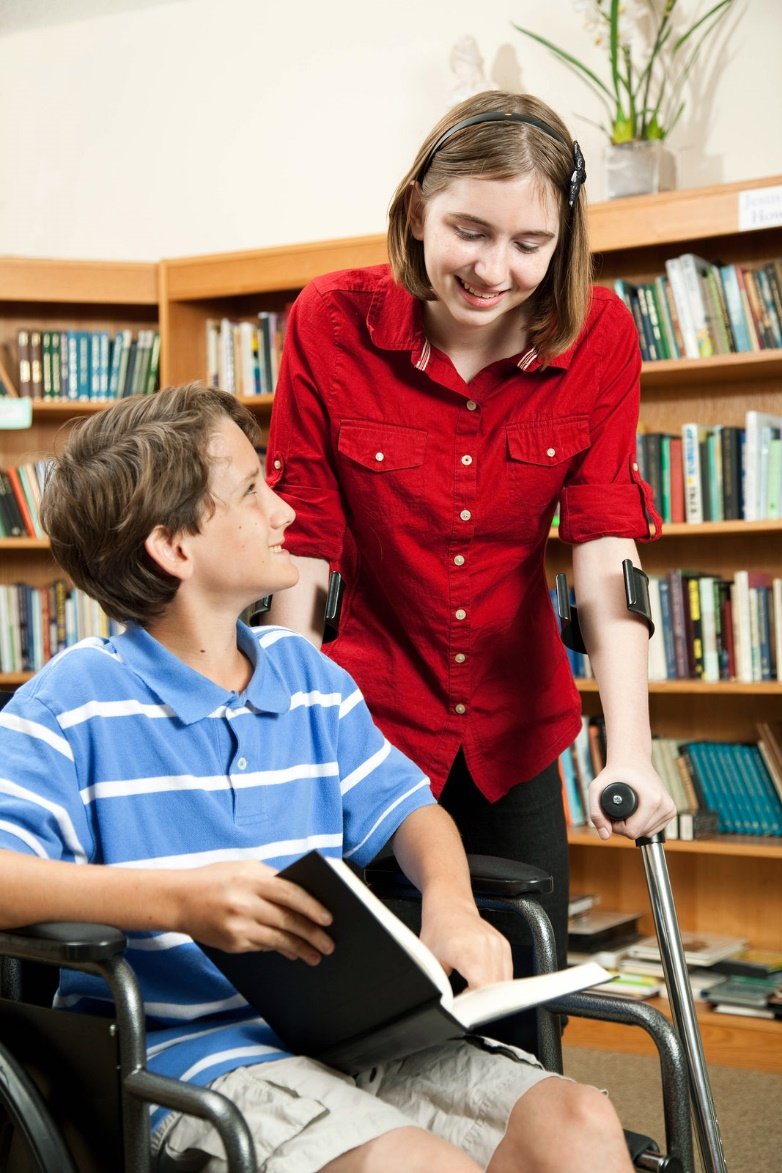Large Firm Service. Small Firm Attention.

SHARE
Recent Federal Guidance Dispels Myths on Assistive Technology for Students with Disabilities
Published February 22, 2024
Assistive Technology can be important for all individuals with disabilities. This January, the U.S. Department of Education’s Office of Special Education Programs (OSEP) released important guidance on the importance of assistive technology (AT) devices and services for students’ meaningful access and engagement in education. AT means any item, piece of equipment, or product system (whether acquired commercially off the shelf, modified, or customized) that is used to increase, maintain, or improve functional capabilities of a student with a disability. AT can be low-tech, such as a visual board with reminders or higher-tech, such as a speech-generating device.
Too often, IEP teams gloss over students’ AT needs or only view AT as needed for certain students. OSEP issued Guidance on Myths and Facts Surrounding Assistive Technology, as well as a Dear Colleague Letter for children with disabilities under the Individual with Disabilities Education Act (IDEA). OSEP notes that high-quality educational opportunities should be accessible to all learners. Equally, emerging technologies hold promise to transform instruction and learning while reducing barriers.
When preparing for your child’s next IEP meeting, review the Guidance in advance and share ideas about Assistive Technology for your child to help them achieve their goals and access the curriculum.
Myths and Facts on AT to Dispel
Here are some of the common myths that OSEP dispels in its recent Guidance on AT and its importance for all students:
MYTH: The IEP Team should only consider AT during some IEP Team meetings.
FACT: According to OSEP, each time an IEP Team develops, reviews, or revises a student’s IEP, the IEP Team must consider whether the child requires AT devices and services. Specifically, for every child, the IEP must include a statement of the special education and related services and supplementary aids and services, which may include AT devices and services, based on peer-reviewed research, to the extent practicable, that will allow the child to: (i) advance appropriately toward attaining the annual goals in a child’s IEP; (ii) be involved in and make progress in the general education curriculum; (iii) participate in extracurricular and other nonacademic activities; and (iv) be educated and participate with other children with disabilities and nondisabled children.
MYTH: Providing AT devices and services is optional under IDEA and a District does not have to provide AT devices and services if there are no funds available.
FACT: According to OSEP, IEP Teams must consider AT devices and services for all students with IEPs and must provide and fully fund the AT devices and services if the IEP Team determines they are necessary to provide FAPE. As required by IDEA and its regulations, IEP Teams, as part of the development, review, and revision of a child’s IEP, must consider whether a child needs AT devices and services.
MTYH: Providing an AT device to a child with a disability satisfies the IDEA’s AT requirements.
FACT: IDEA requires IEP Teams to consider whether a child with a disability needs an AT devices and services. According to OSEP, AT services are important and must be considered by a child’s IEP Team because they directly assist a child with a disability in the selection, acquisition, or use of an AT device. AT services also ensure that parents and families, teachers, and related service providers receive training on how to use and implement the device as well as ensure coordination between school and at home.
MYTH: The IEP team must always seek an AT Evaluation before providing a student with an AT Device under the IDEA.
FACT: The IEP team can determine specific AT devices and services that a student with a disability requires, based on the student’s unique needs. The IEP team can often do this without an AT evaluation. However, for higher-tech devices that the student would need to use throughout the school day, such as read-aloud software, or the use of peer readers during different academic periods, an AT evaluation may be necessary. According to OSEP, IDEA calls this a functional evaluation of the child in the child’s customary environment. An AT evaluation may be included as part of an initial evaluation or reevaluation, or it may be a standalone evaluation.
MYTH: The use of AT devices lowers a student’s motivation because it does the work for them.
FACT: According to OSEP, research shows that AT can increase a child’s motivation to complete assignments or to meet goals. In addition to being a requirement to make AT devices and services available for children with disabilities as needed to provide FAPE, a review of research shows that AT devices and services for children with specific learning disabilities keep them engaged in schoolwork. Specifically, OSEP notes that children with disabilities reported that being able to listen to text through their AT devices while also reading assisted in comprehension and completion of assignments.
Parents should review the Guidance for a comprehensive list and share with your child’s team. If you run into obstacles, it’s a good idea to consult with an attorney who focuses on special education law.
Categories
Recent Posts
Explore In-Depth

Corporate & Securities

Elder Law & Estate Planning

Special Needs Planning

Special Education Advocacy


